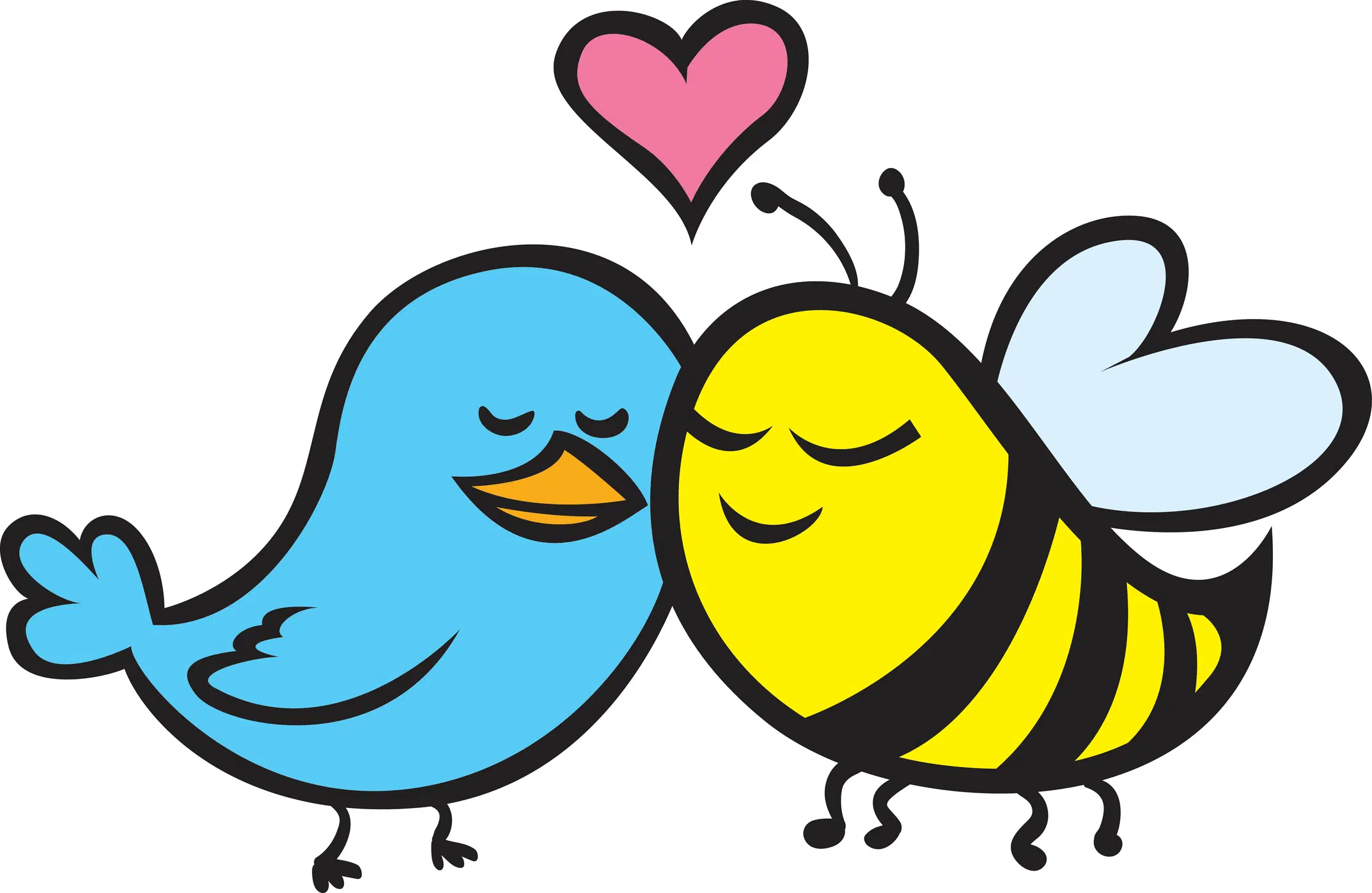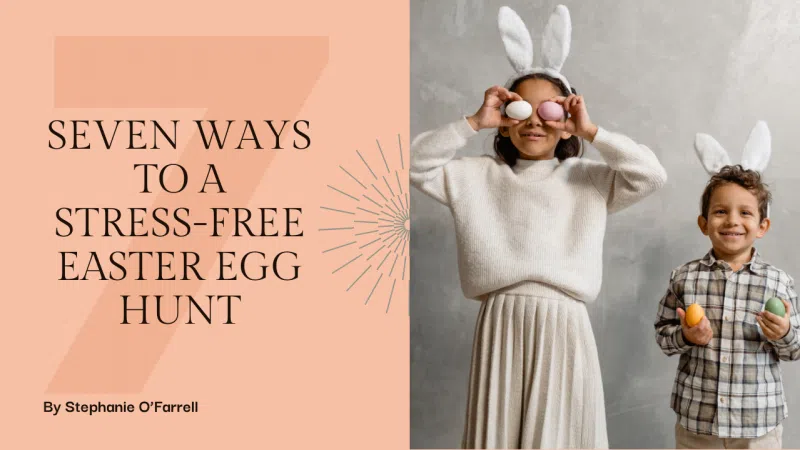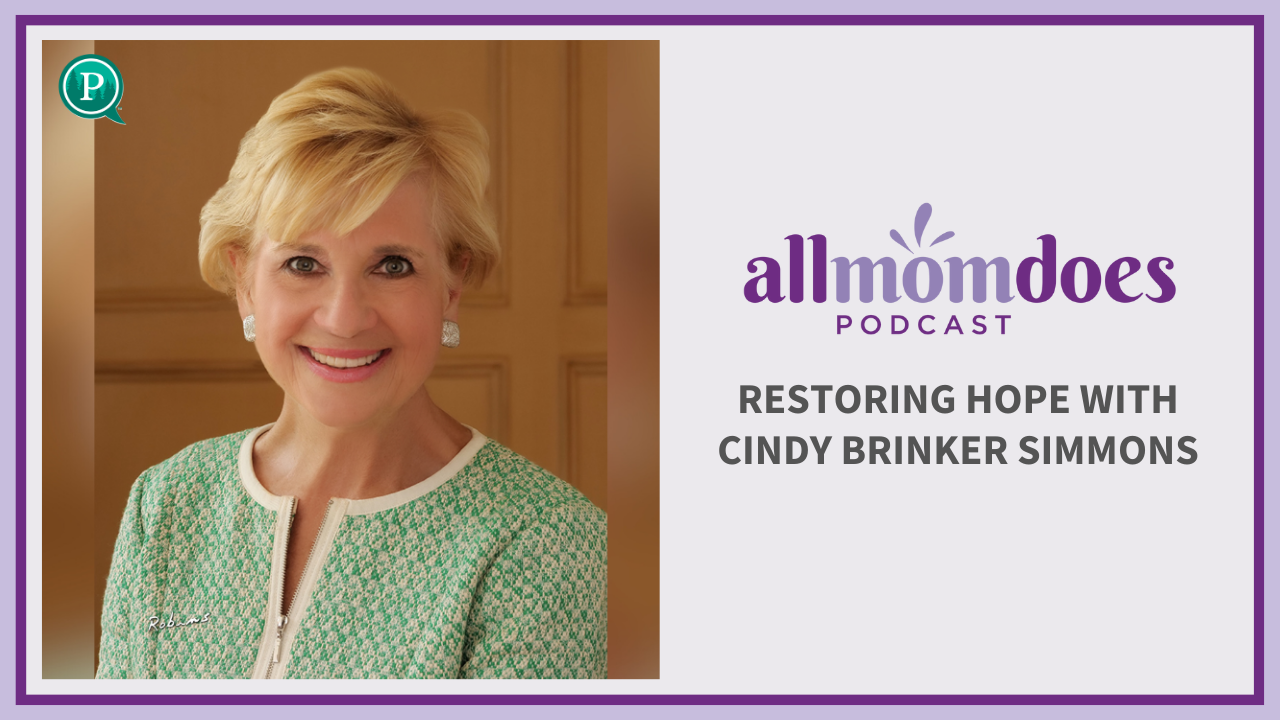“Mom! Tell me the truth. Are storks real?” I hear from a little voice behind me as I prepare dinner for the evening. I was so confused that I needed more clarification on this out of the blue question.
“What do you mean, Romeo?” I said in bewilderment.
“Well, I have wrote the stork several letters to bring me a little brother and it hasn’t happened yet. Is the stork really real?” Romeo stated this as he looked at me with his eyebrows frowned.
Now, I am understanding where this conversation is coming from. I am a single mother to Romeo and he has been longing for a sibling in our household. I guess I haven’t been moving fast enough to find a mate so Romeo took it upon himself to write the stork a letter for a sibling himself.
“No Romeo. Storks are not real. Storks are just cute ways that movies talk about where babies come from.” I said, in the most straightforward tone.
“Well, where do babies come from?” Romeo said this as he walked closer to me with eagerness to know. At this point, I am thinking FIGHT or FLIGHT. Should I just tell him the truth or just send Romeo to his room and tell him to do something productive. Decisions Decisions…
“Romeo…”
“Yes…”
“Babies come from Mommies’ bellies or Mommies’ private areas.” It came out of my mouth so quick and I couldn’t stop it. Why didn’t I just end at bellies? Why did I have to say private areas? I have to learn how to stop overexplaining is what I said over and over to myself in my head.
“Did I come from your belly, Mama?”
“Yes, you sure did, the doctor cut you right out!”
“Really!? That’s cool! Can I see where he cut me out?” I hold up my shirt and show Romeo my C-section scar. He looked in awe and amazement which made me feel like a pretty cool mom at the moment, I must admit.
“Cool right?” I said with a proud smile on my face. Hoping this would be the end of the conversation so that I can go back to finishing dinner.
“Yes! But mom…” Oh, no! Here it goes.
“If moms have babies out of their private parts, does that mean moms have butts in the front!?” I bust out in laughter because of the seriousness of my sons face combined with silly choice of words in his question. Do moms have butts in the front!? Talk about a great way to start the birds and bees conversation with my 6-year-old.
I confirmed Romeo’s question by stating that Moms do have something similar but not quite like a butt in the front and it’s called a vagina.
“So, moms have a penis and vagina and boys just have a penis?” Romeo was extremely inquisitive in this moment and longed to know! He has always known that his private area was called a penis but never really knew or had reason to know the anatomy of the female.
“No Romeo, moms only have a vagina and boys only have a penis.”
“Oh okay!” Romeo said this with a happy and satisfied tone then went back in the living room to finish playing with his Legos. Talk about a crazy 5-minute conversation that felt like 5 hours.
Did I just get the initial Birds & Bees Convo with my 6-year-old? What in the world just happened? All of these thoughts kept running through my head. I began to do what moms do best and google the best ways to have this conversation and whether this was too early or too late. After all of that googling, the conclusion was that there is no right or wrong answer or appropriate time to have the discussion.
Thankfully, my education and work background are in sexual health education and I knew the appropriate terms to use when having this discussion. I want to share with other moms based off my education and experience what I believe to be the most productive way to have the Birds and Bees conversation with your child.
1. Start the process early!
Researchers, Psychologists, & Medical Professionals have stated that the Birds & Bees conversation is a lifelong process and should start as early as possible. Between ages 0-3 years, children start exploring their bodies and learning more about themselves. Embrace this exploration period with your child and let them know about their body parts so they won’t feel shame or insecurities. Be sure to discuss what parts are being covered when you dress them or when you are explaining why they can’t run around naked. Keeping a serious yet mom-like tone in these moments can help during each phase of the Birds & Bees conversation.
2. Use the correct name of body parts!
As I stated before, Romeo has known that his private area is called a penis since before he can remember. Using terms like wee-wee or pee-pee or any other made up phrases to call a genital area has been shown to be inappropriate and really ineffective. When we laugh and use inaccurate terminology to describe anatomy with our little ones, it really creates a concept that this is something more than a standard body part. It adds mystification to anatomy which is why classes are full of immature giggles in middle school reproductive science. We don’t laugh or make up names when we talk about bones or brains and I find those body parts to be even more valuable. So why do we add this sense of immaturity and disorientation to reproductive health? Empowering your child with accurate terms for the genital areas will allow them to speak openly about their body, any medical issues they may experience, and accurately describe an inappropriate incident such as sexual abuse.
3. Answer all of their questions
Don’t do what I did and let the “FIGHT or FLIGHT” notion come across your mind. Anytime your child is curious, it’s more than likely because they’ve heard something or assumed something. Believe me, you do not want your child assuming something or listening to their peers at school about their body. Create an open, honest, and accurate atmosphere where your child can feel free to come to you with their questions and know that you’ll give them an upfront and honest answer regarding their sexual health.
Although I am in the beginning phases of the Birds & Bees process, I find it extremely important to encourage all moms to begin this conversation. As a sexual health educator and my own personal experiences, I have observed many high risk sexual behaviors, unplanned pregnancies, and absurd myths that students truly believe as fact. The most successful and confident students that I have worked with were empowered with accurate sexual and reproductive health information at school as well as in the home. Let’s start the conversation now so, we don’t have teenagers or grown men giggling about women having butts in the front!












